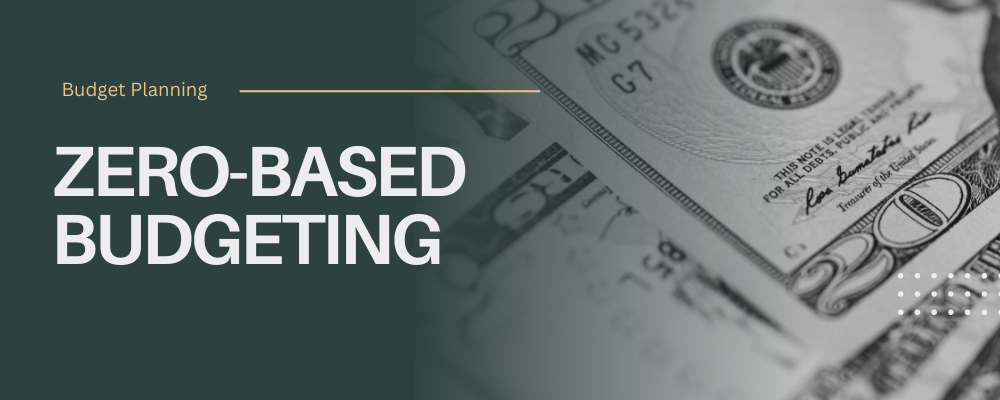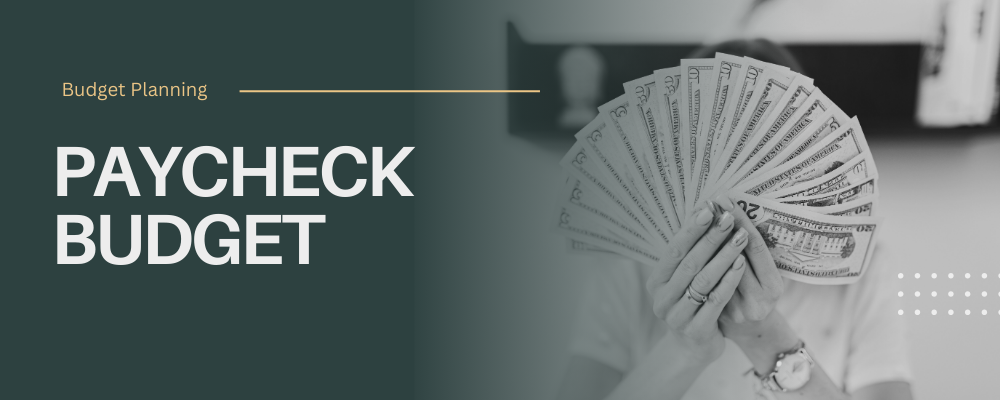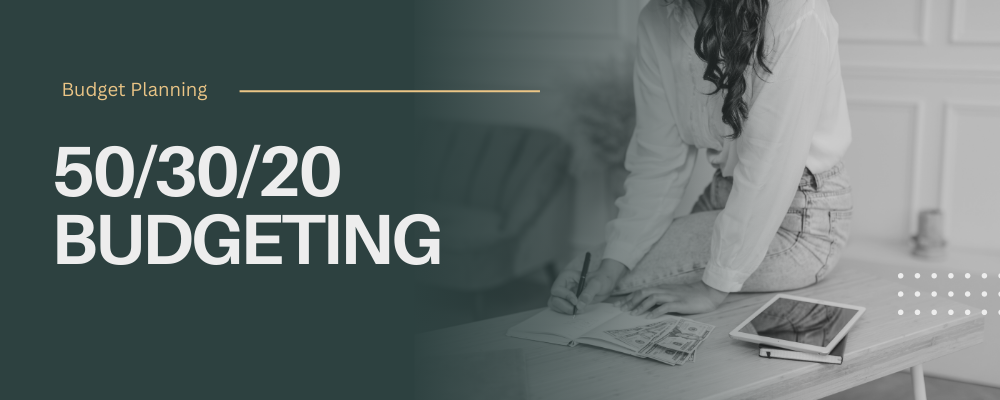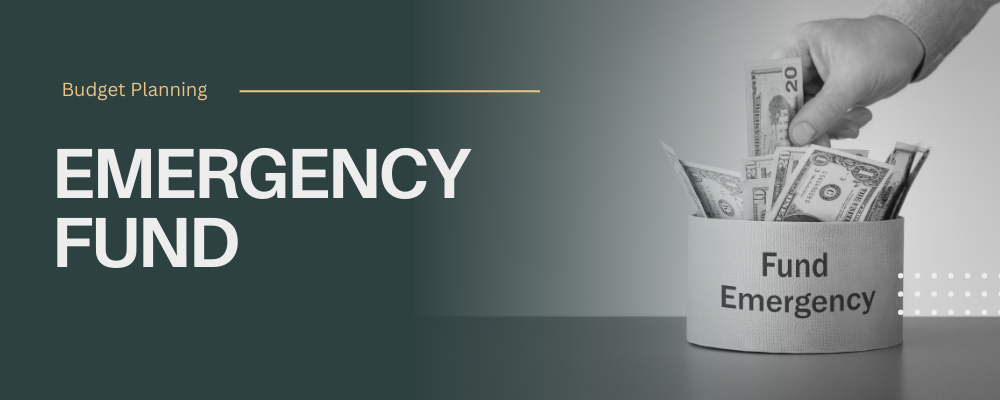Have you ever felt like your hard-earned money vanishes into thin air? You’re not alone! That’s where zero-based budgeting, or ZBB, comes into play. This budgeting technique is all about giving every dollar a job, ensuring that none of your income goes to waste.
Imagine knowing exactly where your money goes every month, down to the last cent! It’s about starting each month from zero and building your budget from scratch, focusing on what truly matters.
Understanding Zero-Based Budgeting
When it comes to managing personal finances, zero-based budgeting offers a revolutionary approach. It’s a method that ensures every dollar you earn is accounted for, leaving no room for overspending or financial guesswork. Let’s dive deeper into this budgeting concept.
• What is Zero-Based Budgeting?
Zero-based budgeting (ZBB) is a budgeting strategy where every dollar you earn is given a specific purpose. The essence of ZBB is to start each budgeting period from zero and allocate funds based entirely on current needs rather than historical budget trends. This method prompts you to justify every expense, ensuring that you are making conscious spending choices.
Think of it like starting with a blank slate. You list your income and then assign the money to various expenses until you arrive at zero. The idea is quite simple: Income – Expenses = Zero. This approach encourages you to question the necessity of each expense, rather than assuming that past spending patterns should dictate current financial decisions.
• How Zero-Based Budgeting Differs from Traditional Budgeting
At first glance, traditional budgeting and zero-based budgeting might seem similar, but they have distinct methodologies. Traditional budgeting typically involves using previous spending patterns to forecast future expenses. This can sometimes lead to unnecessary expenses being included simply because they have always been a part of the budget.
On the other hand, zero-based budgeting requires you to start from ground zero each time you create a budget. This means you aren’t tied to obsolete or inflated expenses. Instead, you assess your financial priorities from scratch, making sure each expense is intentional and aligned with your current financial goals. This accountability can lead to better financial decisions and a more tailored approach to handling money.
Benefits of Zero-Based Budgeting
Switching to a zero-based budget can bring several advantages to your personal finance journey. Here are some crucial benefits that might have you considering this method.
• Increased Financial Awareness
One of the most significant benefits of zero-based budgeting is the increase in financial awareness. By tracking where every dollar goes, you’re more in tune with your financial situation. This increased awareness helps identify any spending habits that might need adjusting and can assist you in pinpointing ‘budget leaks’ where money is being spent unnecessarily.
Furthermore, every decision you make is more informed, as you have a clear grasp of where each penny is allocated. You’ll gain insight into your spending patterns and become more mindful of how financial decisions impact your broader financial goals. This holistic view of your finances empowers you to make smarter choices with your money.
• Enhanced Spending Control
Let’s face it, everyone is guilty of a little impulse shopping now and then! With zero-based budgeting, you keep your spending in check by ensuring no dollar is spent without purpose. Before making any purchase, you’ll have thought through how it fits into your planned budget. In other words, you spend less money on whims and more on what genuinely matters.
The discipline that comes with planning your expenses down to the last dollar helps you stay within budget and avoid the dreaded overdraft fees. Plus, this budgeting method helps reduce financial stress because you’re certain that bills will be paid and savings goals will be met.
– Allocate for essentials: Ensure all necessary expenses like bills and groceries are covered first.
– Prioritize debt: If you’re in debt, allocate funds to manage and reduce it.
– Flexible categories: Allow yourself some flexibility, assigning small amounts for entertainment or hobbies to avoid feeling restricted.
• Improved Savings Initiatives
Zero-based budgeting isn’t just about controlling spending—it’s also about boosting savings. By knowing exactly where your money is going, you can identify areas where you can cut back and redirect those funds into savings. It promotes a proactive approach to saving by planning for it rather than saving whatever is left over.
With the conscious allocation of money, you can earmark dollars for savings goals just as deliberately as you do for your routine expenses. Whether it’s building an emergency fund, saving for a vacation, or investing for the future, zero-based budgeting can help ensure that your savings goals aren’t just afterthoughts.
In the end, zero-based budgeting is about making your money work for you. It cultivates a mindset of responsibility, adaptability, and foresight—qualities that are invaluable as you navigate the ever-changing landscape of personal finance. By transitioning to zero-based budgeting, you’re not just planning for the present but paving the way for a more financially secure future.
Implementing Zero-Based Budgeting
So, you’ve decided to dive into the world of zero-based budgeting. Awesome choice! This budgeting style can help you take full command of your finances. Let’s break it down step by step.
• Setting Up Your Budgeting Template
First things first, you’ll need a budgeting template. Whether you go digital with apps or stick to the classic spreadsheet, having a reliable template is crucial. Think of this as the blueprint for your financial architecture.
– List all income sources: Identify every dollar coming into your bank account. This includes your regular paycheck, side hustles, or any passive income.
– Categorize your expenses: Next, jot down your monthly expenses. Break them into categories such as housing, utilities, groceries, entertainment, and savings. Be as specific as possible to create a comprehensive picture.
– Ensure expenses equal income: With zero-based budgeting, every dollar should have a purpose. Dedicate funds to each category until your income minus expenses equals zero. This approach ensures nothing slips through the cracks.
• Tracking Income and Expenses
Now that your template is set up, it’s time to keep an eye on how you’re doing in real-time. Implementing this aspect successfully is where the magic truly happens.
– Regular updates: Avoid procrastination by updating your budget regularly. Whether it’s weekly check-ins or daily reviews, staying on top of your transactions ensures you stick to your plan.
– Use tech to your advantage: Apps like Mint or YNAB can automatically track your expenses and even categorize them for you. A few swipes and taps, and you’ll have everything organized in no time.
– Compare projections with reality: At the end of each month, review your budget to see if your spending aligns with your initial plan. This step helps identify areas for improvement.
• Adjusting and Reviewing Your Budget
As life ebbs and flows, so should your budget. Flexibility is key to staying in control when circumstances change.
– Review regularly: Set monthly or quarterly financial review sessions. Use them to assess and adjust your categories or allocations.
– Embrace changes: Don’t be afraid to tweak your budget when your financial landscape shifts—be it a salary bump, a change in lifestyle, or fulfilling a new financial goal.
– Spot patterns: Over time, you’ll notice trends or habits in your spending. Understanding these can emphasize necessary adjustments in your budgeting strategy.
Common Challenges and How to Overcome Them
No budget is without its hurdles. Let’s talk about some typical challenges and ways to power through them.
• Managing Irregular Income
For those with unpredictable income streams, like freelancers or gig workers, zero-based budgeting may seem daunting. But fear not—it’s entirely doable!
– Base your budget on the lowest month: Start by determining your minimum monthly income. This will be your fundamental budgeting base.
– Build a financial buffer: Set aside money during high-earning months into an “irregular income fund.” This buffer can cover gaps during leaner times.
– Focus on necessity categories: Prioritize essential categories, ensuring your basic needs are met first.
• Dealing with Unexpected Expenses
Life is full of surprises, and sometimes those surprises come with a price tag. Here’s how to keep your budget intact when they pop up.
– Emergency fund to the rescue: Prioritize building an emergency fund to cover those ‘oops’ moments. A healthy emergency fund is your financial safety net.
– Reallocate funds: If needed, pull funds from less essential budget categories temporarily. This keeps your budget balanced until you can replenish your emergency fund.
– Plan for the unexpected: Try to anticipate occasional expenses and include them as budget categories. This way, you won’t be blindsided when they occur.
• Staying Consistent with Your Budget
Staying the course can be tricky, especially when temptations or distractions crop up. Here’s how to maintain that discipline.
– Set clear goals: Having specific financial goals will motivate you to stay disciplined and stick with your plan.
– Track your progress: Celebrate successes, no matter how small. Keeping track of your progress is a fantastic morale booster.
– Accountability helps: Whether you buddy up with a friend, use online forums, or hire a financial coach, accountability keeps you on track when your willpower wavers.
Go ahead and put these tips into action. Zero-based budgeting might take a bit of getting used to, but as you settle into the routine, you’ll find your financial confidence skyrocketing! Happy budgeting!
Conclusion
Zero-based budgeting is like giving your finances a fresh start. It’s more than just a budget; it’s a plan that makes sure every dollar you earn is put to the best possible use. With this method, you’ll gain clarity on your spending, help prioritize your financial goals, and even find ways to save more effectively.
By getting into the habit of planning every dollar, you create a solid foundation for smart financial management. So, why not give zero-based budgeting a try? You’ll be surprised how empowering it feels to truly control your financial destiny!
-
50/30/20 Budget Google Sheets Template
$20.00$40.00 -
Monthly Budget Google Sheets Template
$20.00$40.00





